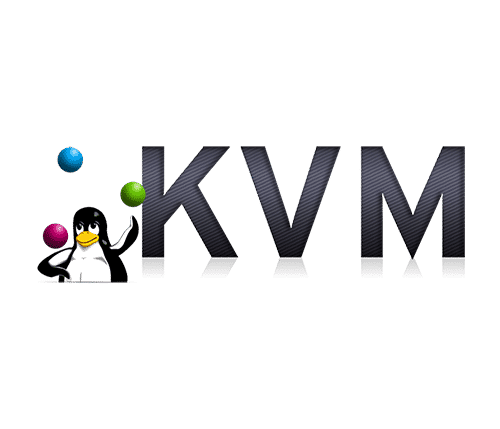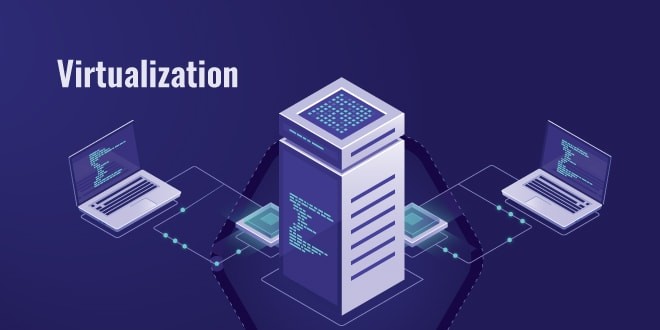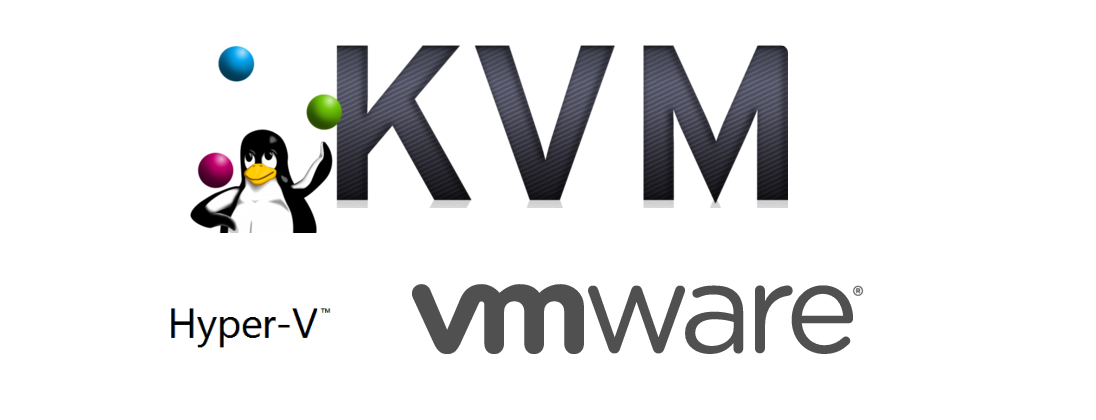If you are looking to manage your system using a skilled, capable application, KVM (Kernel-based Virtual Machine) is the way to go. But what is KVM? KVM is a complete virtualization solution for Linux x86 hardware containing virtualization extensions.
We will go through the Kernel-based Virtual Machine not to be confused with Keyboard, video and mouse switch (also KVM). You will run multiple virtual machines with unmodified Linux or Windows images using Kernel-based Virtual machines. Each virtual machine will have private virtualized hardware like a network card, disk space, graphic adapter, etc.
KVM is an open-source software meaning that it's free of charge. The application is super easy to install and will help create your network more efficiently. Moreover, you can scale your products with a great approach, and the software provides the feasibility of virtualization to control virtual machines.
What is KVM?

The Kernel Virtual Machine helps the users to deal with Linux distribution. The most important thing about its installation is a proper understanding of the project's virtualization and configuration process. You can install the KVM within a virtual driver if you know the two approaches.
KVM is part of Linux, meaning you have KVM if you got Linux 2.6.20 or newer. It lets you turn your Linux system into a hypervisor that allows host machines to run multiple isolated virtual environments called guests.
Since KVM is integrated with the existing Linux code, it immediately benefits from every new Linux feature, fix and any advancements without any additional process. KVM is capable of converting Linux into a type-1 (bare metal) hypervisor. Any hypervisor will need some operating system level components like:
- Memory manager
- Process scheduler
- Security manager
- Input/output (I/O stack)
- Device drivers
- Network stack and more to run a virtual machine.
KVM comes equipped with all the components mentioned above since it's a part of the Linux kernel. Therefore every VM will be implemented using the regular Linux procedures with dedicated virtual hardware.
However, the next step in working with KVM is managing the various platforms with a single click. So, there should be an appropriate tool to deal with virtualization and its effects on KVM. The users must be aware of KVM's tactics and programming methods to facilitate a system in the best possible ways.
How to implement KVM?
To run KVM, you will need to run a version of Linux released after 2007, which will be installed on x86 hardware that supports virtualization. If both those requirements are filled, you have to load two existing modules (a host kernel module & a processor-specific module), an emulator and any drivers that will help run additional systems.
Managing KVM

It's possible to manually manage a handful of virtual machines on a single workstation without using any management tools; however, if you have a larger amount of VMs, you should consider going to a virtualization management tool commonly used among enterprise businesses.
The virtualization management software makes it easier to manage the virtual environments and the underlying physical hardware to simplify resource administration, enhance data analyses, and streamline operations.
Each virtualization management system is unique, but most systems have the following qualities:
- An uncomplicated user interface
- An easy virtual machine (VM) creation process
- Monitor virtual environments
- Allocate resources
- Compile reports
- Automatically enforce rules.
Some solutions even integrate across hardware and software brands—allowing users to install the management system that's best for them.
What's the difference between KVM and VMware?

The most popular choice for users is KVM. This hypervisor is famous because of its low-cost operating features. This is an open-source solution for people who have just started their business and do not want to invest more in the hypervisor.
KVM is a more reliable and precise application for Linux distributions, and it can control the limited servers and their physical host. At the same time, VMware is widely distributed for various vendors to get the benefits from its snapshot and hypervisor detailed feature.
Once you have crossed the threshold of being a new or middle-level organization, you need advanced practices to prove your identity. The bigger companies always prefer VMware as it is a trusted yet expensive solution for resource sharing.
You can check our previous article for a more in-depth comparison between KVM and VMware.
What is nested virtualization?
The most prominent feature of the KVM virtualizer is nested virtualization. KVM provides powerful virtualization for guest hypervisors and allows data to enter the CPU directly.
Thus, the guest information is secured and checked with a strong configuration rate, and there is no need to process the data further.
Features of KVM
KVM is an excellent application to provide you with the best services for running your large setups. It's the only application that turns Linux into a hypervisor. KVM is a part of Linux and vice versa, meaning that everything Linux has, KVM has too. However, some critical features of KVM make it the preferred hypervisor at an enterprise level:
Security
KVM uses a combination of security-enhanced Linux (SELinux) and secures virtualization (sVirt) to enhance the virtual machine security and isolation process. These technologies make it possible to establish security boundaries around VMs and allow Mandatory Access Control (MAC) security to be applied to guest virtual machines.
Storage
KVM can use any storage supported by Linux, including local disks and network-attached storage (NAS). KVM allows multipath input/output that may be used to improve storage and provide data redundancy. It also supports thin provisioning, which allocates storage on demand rather than all upfront.
Hardware Support
KVM can use a multitude of certified Linux-supported hardware platforms. Since hardware vendors regularly contribute to the kernel development of Linux, the latest hardware features are often adopted in KVM.
Live Migration

Live migration is the ability to move a running VM between different physical hosts without service interruptions. During a live migration, the virtual machine remains powered on, with all network connections active and applications running throughout the relocation process. KVM also saves the current state of a VM so that it can be stored and resumed later.
Memory management

KVM uses the memory management features of Linux, including the non-uniform memory access and kernel same-page merging. The VMs memory can be swapped, backed by large volumes for better performance and shared or backed by a disk file.
Lower latency and higher prioritization
The Linux kernel's real-time extensions allow VM-based applications to run at lower latency with better prioritization compared to dedicated servers. KVM can also divide processes that require long computing time into smaller components that are scheduled and processed more efficiently.
Final words
A KVM virtualizer is the best application for making the right and authentic promotional values to run your setup. The application is a great hypervisor for managing multiple projects.
Therefore, you can use this tool to successfully distribute Linux and make substantial communication to deal with business development. Your clients can rely on your strategies, and you can make them comfortable by providing strong promotional ideas.
If you're looking to set up KVM-powered VPS on a dedicated server that will not break the bank, check out our cheap dedicated server solutions.
People also read:







